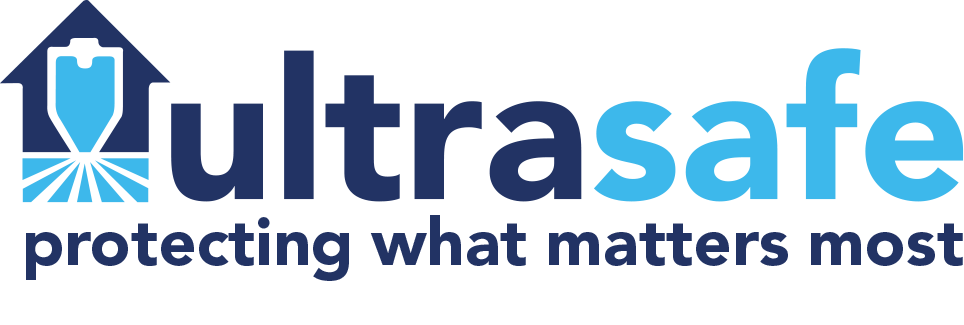26th Mar 2024
What is the Average Cost of a Commercial Fire Sprinkler SystemCommercial Fire Sprinklers Cost / Benefit Analysis
When considering the implementation of commercial fire sprinkler systems, one of the main questions when weighing up the cost/benefit analysis is what the average cost of a commercial fire sprinkler system. While we at Ultrasafe always believe the benefits of peace of mind and ensuring the safety of everyone and everything is paramount. We understand the financial implications of installation is crucial for businesses seeking to prioritise safety while managing the project’s budget successfully. The cost can vary depending on several factors, including the size of the premises, type of building, and complexity of the system, examining average expenses provides valuable insights for budgeting and planning.
Factors that influence the overall cost of designing and installing a commercial fire sprinkler system
Size of the building
On average, the cost to install a commercial fire sprinkler system in the UK typically ranges from £1 to £2 per square foot of coverage area. For a medium-sized commercial building spanning approximately 10,000 square feet, this translates to an estimated total investment of £10,000 to £20,000. However, it’s essential to recognise that these figures serve as rough estimates, and actual costs may deviate based on various considerations. More information is located here.
Type of Construction
construction plays a significant role. New construction projects typically incur lower installation expenses compared to retrofitting existing structures, as integrating sprinkler systems during initial construction allows for easier access and incorporation into building plans.
Complexity of the system
the design and installation requirements can impact costs significantly. Buildings with intricate layouts, multiple floors, or specialized occupancy types may necessitate more elaborate sprinkler configurations, resulting in higher installation expenses. Additionally, factors such as water supply availability, local building codes, and regulatory requirements can influence the cost and feasibility of installing fire sprinkler systems.
Ongoing maintenance requirements
It’s also important to consider and inspection expenses when evaluating the total cost of ownership for commercial fire sprinkler systems. While installation represents a one-time investment, routine maintenance and periodic inspections are essential for ensuring the continued reliability and effectiveness of the system. Budgeting for these recurring expenses is essential for maintaining compliance with safety regulations and maximising the lifespan of the sprinkler system.
While the cost of installing a commercial fire sprinkler system can vary based on multiple factors, understanding average expenses provides a foundational framework for budgetary planning. By considering the size of the premises, type of construction, and system complexity, businesses can make informed decisions regarding fire safety investments of their assets, but always prioritising the protection of lives first and foremost.
Contact our experts for a free no-obligation quotation
There are several options when trying to protect a building from fire. The costs indicated above are only a guide and exact prices vary significantly dependent on the size and nature of the project. These costs do not include water or power supplies or fees. We hope this information is helpful. Ultrasafe are happy to offer free advice on 01625 467 245, arrange a site visit and give you a detailed proposal itemising the design, installing and maintenance a commercial fire sprinkler system most suitable for your requirements.
While the cost of installing a commercial fire sprinkler system can vary based on multiple factors, understanding average expenses provides a foundational framework for budgetary planning. By considering the size of the premises, type of construction, and system complexity, businesses can make informed decisions regarding fire safety investments of their assets, but always prioritising the protection of lives first and foremost.



